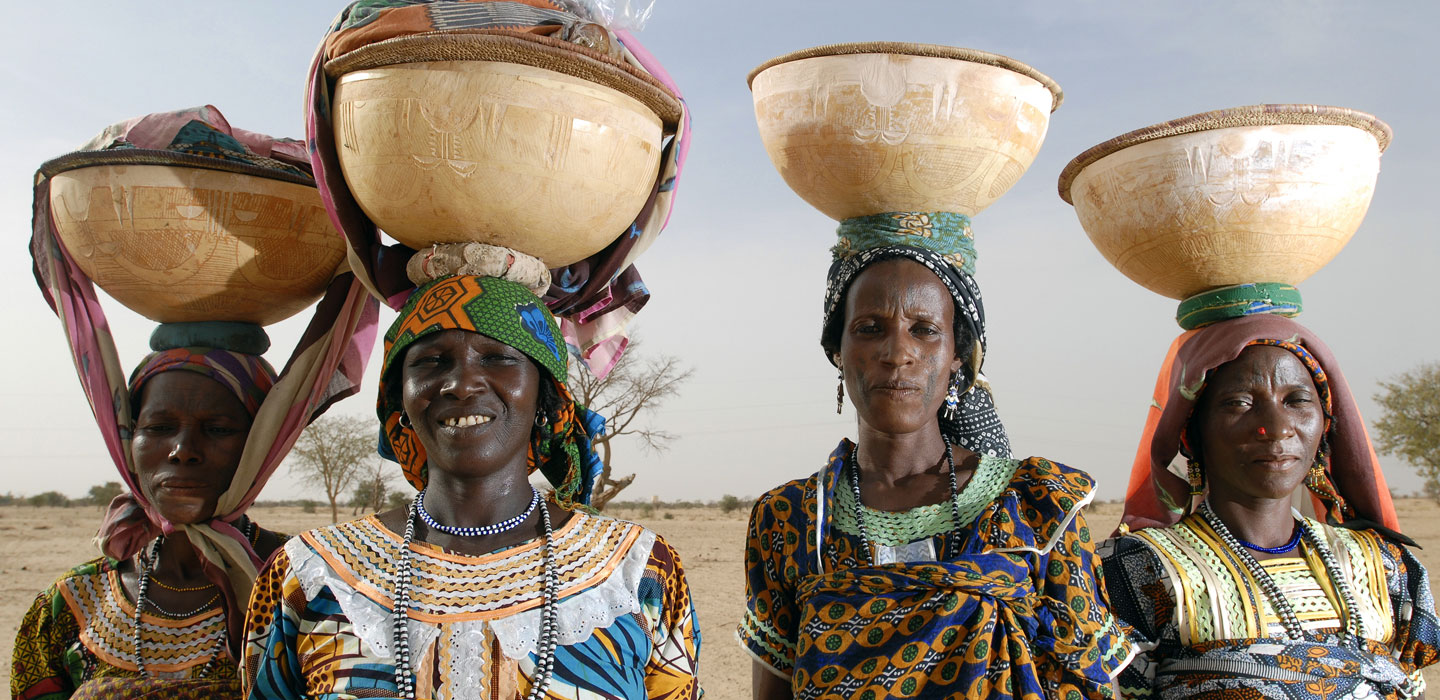Tools and guidelines
Tools and guidelines

Tools and guidelines
Menu Display
Search Results Filters
Search Results
How to do note: Livestock value chain analysis and project development
January 2016
The step-by-step approach to VC analysis and project design follows the basic IFAD project design cycle.Each step is briefly described and followed by guiding questions for the project design team. The VC approach should be adopted early in the project cycle, such as when developing project concept notes for a country strategic opportunities programme (COSOP).
Scaling up note: Ghana
December 2015
Since the mid-1980s, Ghana’s impressive development has made the country one of the strongest performers in Africa, although economic challenges and a fiscal deficit are currently slowing down the pace of growth.
Note sur la transposition à plus grande échelle: Nigéria
December 2015
En dépit de l’abondance des ressources agricoles et pétrolières du pays, la pauvreté est omniprésente au Nigéria et elle n’a cessé de gagner du terrain depuis la fin des annés 90. Environ 70% des habitants vivent avec moins de 1,25 USD par jour. La pauvreté est particulièrement grave en milieu rural où jusqu’à 80% de la population vit en dessous du seuil de pauvreté tandis que les services sociaux et l’infrastructure y sont limités. Les femmes et les hommes pauvres des zones rurales sont tributaires de l’agriculture pour leur nourriture et leurs revenus. Environ 90% de la production vivrière nationale sont fournis par les paysans qui cultivent de petites parcelles et dépendent des pluies plutôt que de l’irrigation.
Scaling up note: Egypt
December 2015
Egypt has undergone dramatic political upheaval over the last four years, following long-simmering grievances over the lack of economic opportunities and political inclusion that led to a revolutionary uprising in early 2011.
Scaling up note: Ethiopia
December 2015
With a population of 92 million, Ethiopia is the second most populous country in sub-Saharan Africa and one of the world’s fastest-growing economies, with consistent growth averaging more than 10 per cent over the last ten years. Per capita income is, however, markedly lower than the average for developing countries in sub-Saharan Africa as a whole (US$400 compared with US$1,547 per capita per year).1 Much of Ethiopia’s growth is attributable to the agricultural sector, which accounts for about 45 per cent of GDP, almost 90 per cent of exports and 85 per cent of employment. About 90 per cent of the agricultural land under cultivation is devoted to subsistence agriculture. Livestock and livestock products are important in Ethiopia and contribute about 10 per cent of the country’s foreign exchange earnings, with hides and skins constituting about 90 per cent of this.